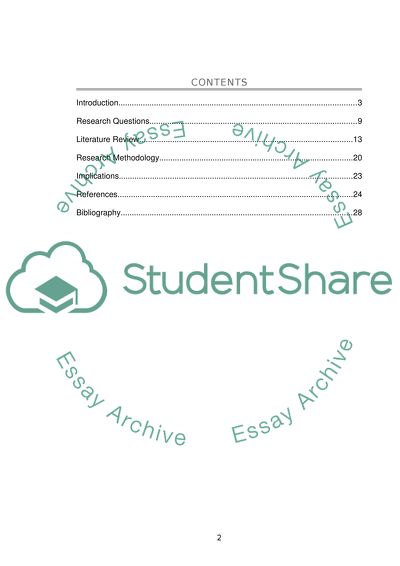Cite this document
(“Disertation proposal, perception of nuclear power, associated risks, Dissertation”, n.d.)
Retrieved from https://studentshare.org/gender-sexual-studies/1417013-disertation-proposal-perception-of-nuclear-power
Retrieved from https://studentshare.org/gender-sexual-studies/1417013-disertation-proposal-perception-of-nuclear-power
(Disertation Proposal, Perception of Nuclear Power, Associated Risks, Dissertation)
https://studentshare.org/gender-sexual-studies/1417013-disertation-proposal-perception-of-nuclear-power.
https://studentshare.org/gender-sexual-studies/1417013-disertation-proposal-perception-of-nuclear-power.
“Disertation Proposal, Perception of Nuclear Power, Associated Risks, Dissertation”, n.d. https://studentshare.org/gender-sexual-studies/1417013-disertation-proposal-perception-of-nuclear-power.


